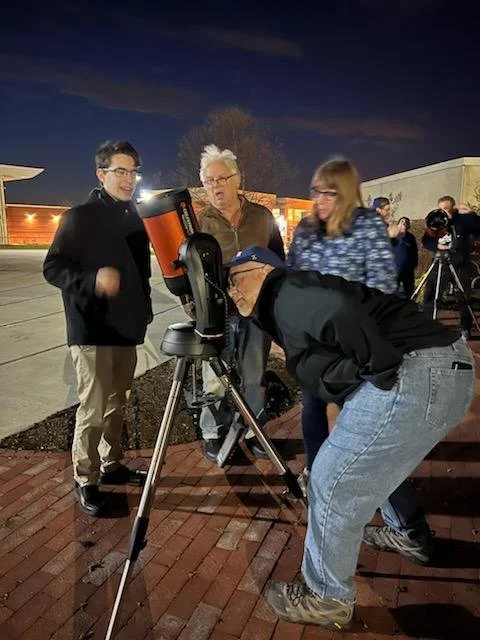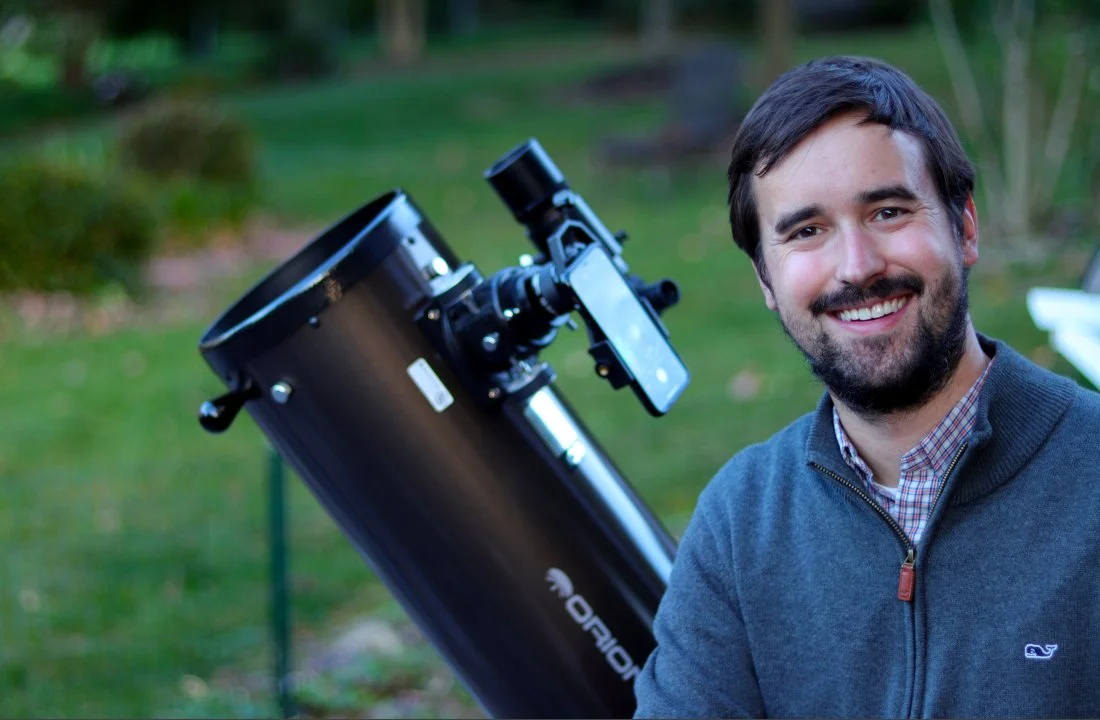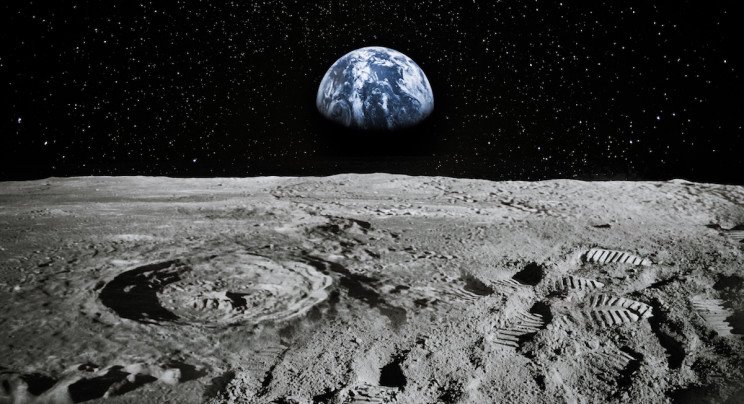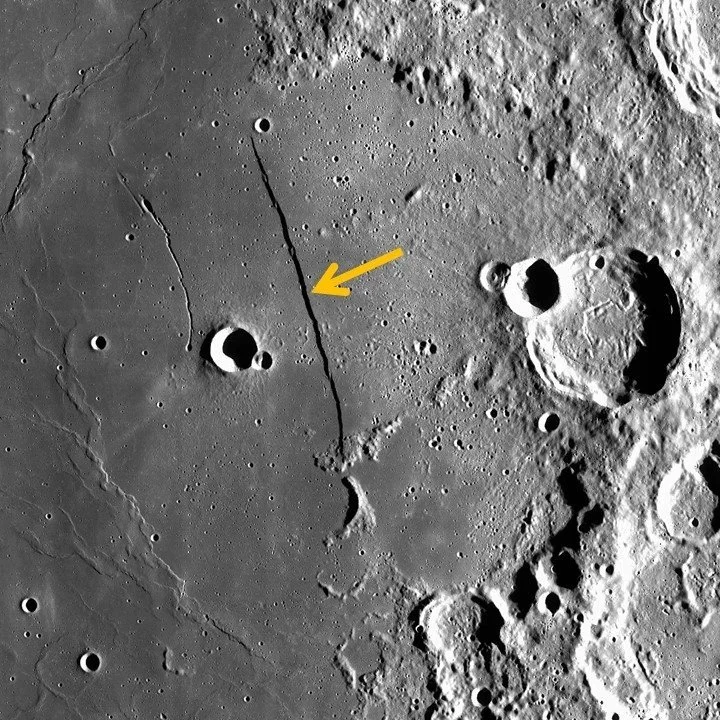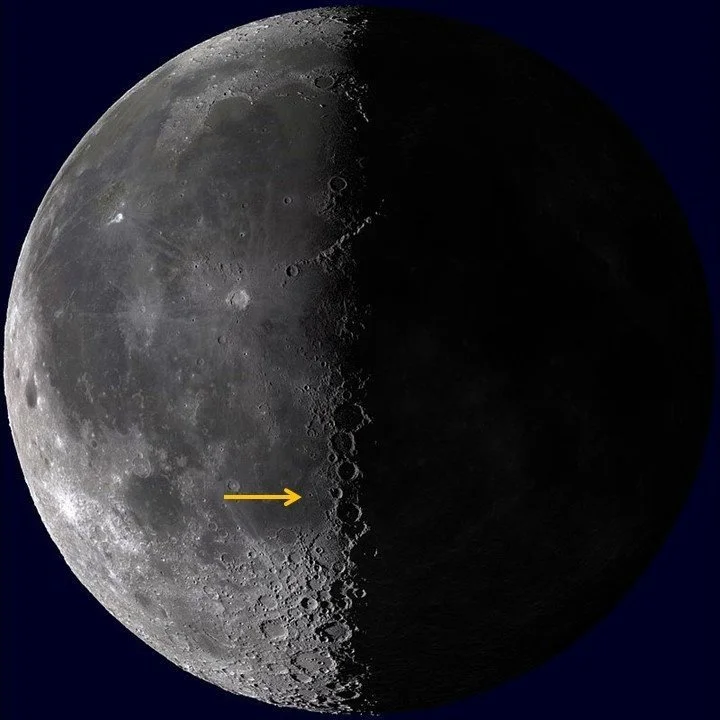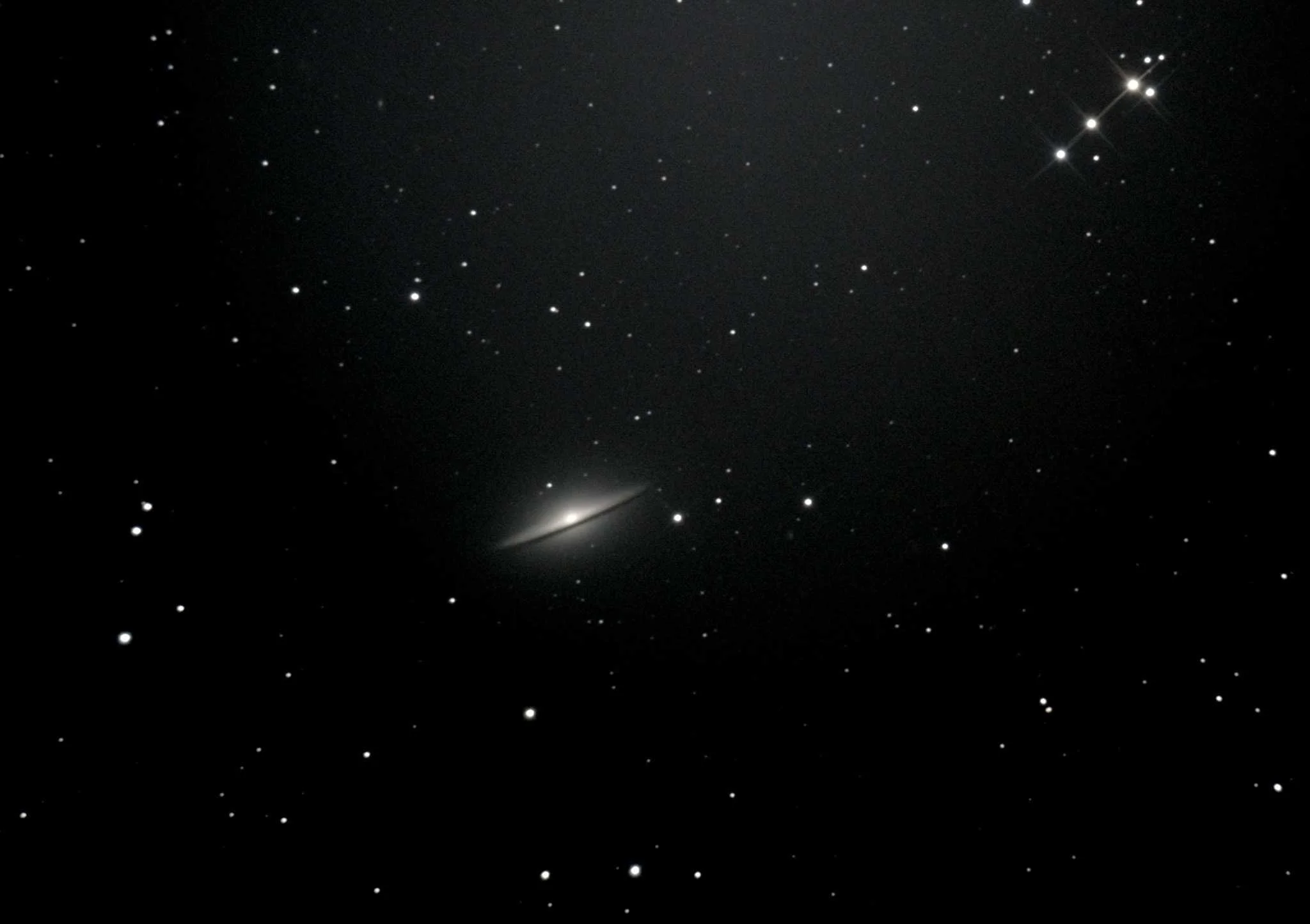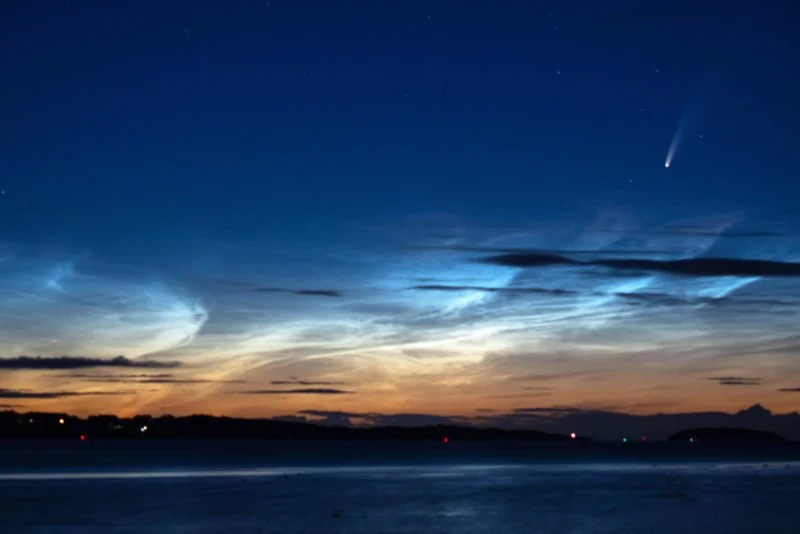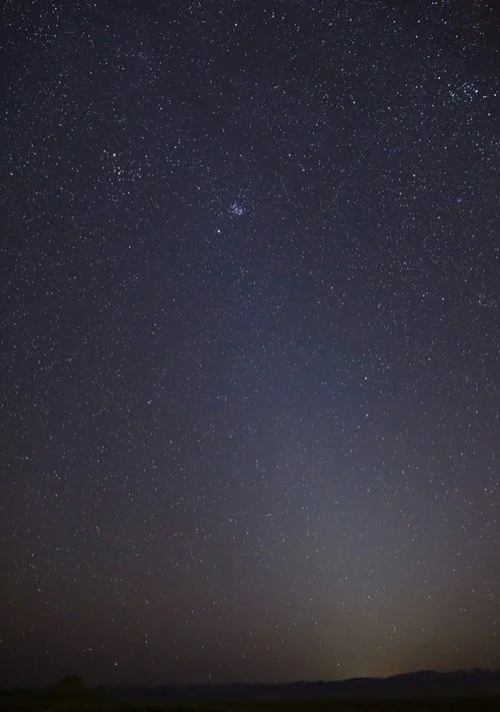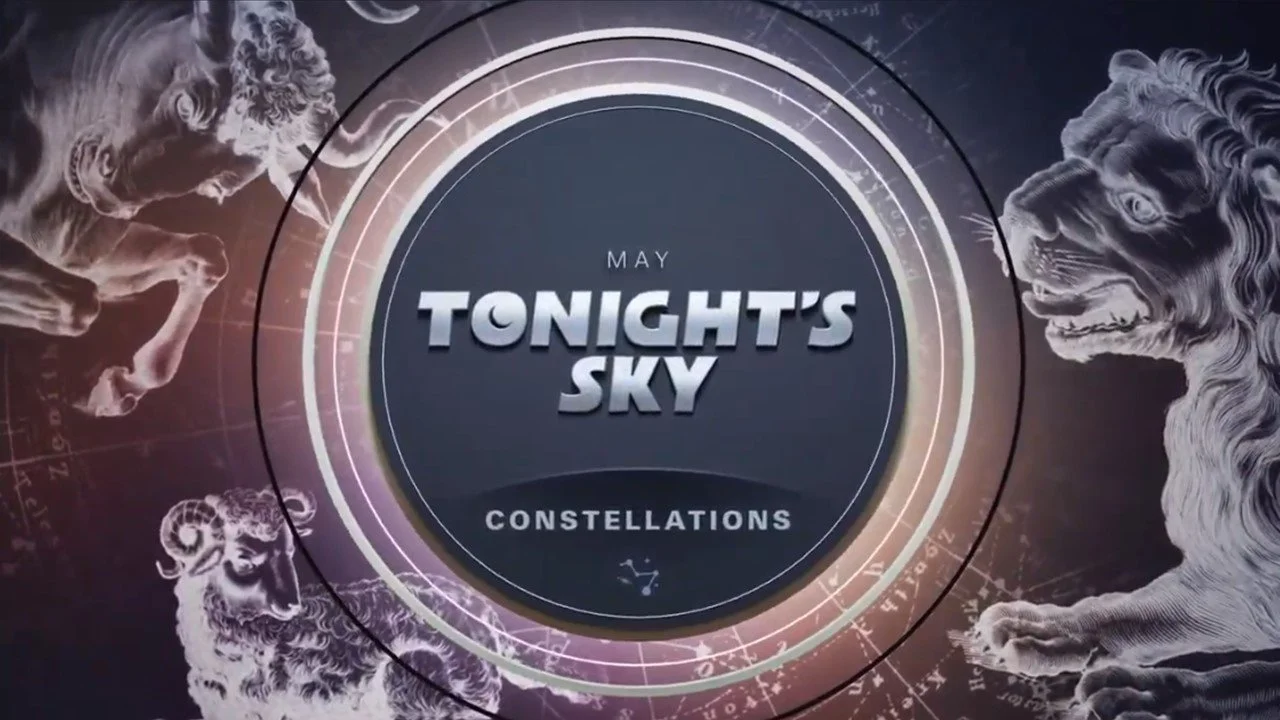Astral Projections Online May 2022
Check our Website for updated content at www.astra-nj.com
Club Presentations Wanted:
Does anyone have any astronomy items of interest to share with the membership?
Please let us know at Club Contacts.
ASTRAL PROJECTIONS ONLINE (APO for short) is an email-linked publication for members only. If you exit APO to the club website or other resources you will need to use the emailed link again to get back to it. If you wish to retain a copy please bookmark or refer back to the email. We will make all efforts to post by the first week of the month.
Submissions Welcome: Members are invited to submit articles, photos, news, or stories for inclusion with Astral Projections Online. Please contact the ASTRA Webmaster.
Event Calendar
ASTRA’s next meeting - The May 2022 meeting will be Friday, May 13, 2022, at 7 PM EST. This will be an in-person meeting at the Planetarium and virtual for those that would prefer to remain remote.
Jakes Branch Public Star Party - Saturday, May 7, 2022, at 8:30 PM
Cloverdale Public Star Party - Saturday, May 21, 2022, at 8:30 PM
Jakes Branch Public Star Party - Saturday, June 4, 2022, at 9 PM
Cloverdale Public Star Party - Saturday, July 23, 2022, at 8:30 PM
Jakes Branch Public Star Party - Saturday, July 30, 2022, at 8:30 PM
Jakes Branch Public Star Party - Saturday, August 20, 2022, at 8:30 PM
Island Beach State Park Moonlight hikes begin July 1 every Friday evening at 8 PM, until August 26. If you would like to volunteer to help out please let one of the executive board members know. We set up our telescopes in Parking Lot 13. This is not an ASTRA event, the public would need to contact Island Beach State Park to register.
EVENT Cancellations: Members will receive email notifications of an event cancellation.
Upcoming County Park Presentations 2022
Public Outreach, if any member wishes to support ASTRA outreach efforts with the public, please let Vinny, Ro, or Jim know of any interest. Currently, we have three events planned with the county parks.
May 17 - 6 PM to 7:30 PM - Milky-way Photography
Location: Cooper Environmental Center, Cattus Island County Park
There is a registration fee of $5, payable to the park. Please call them to reserve your spot.
May 21 - 7:30 PM to 8:30 PM - Astronomy with Binoculars
Location: Cloverdale Farms County Park
There is a registration fee of $6, payable to the park. Please call them to reserve your spot.
NOTE: The ASTRA Star Party at 8:30 PM is a separate event that will follow and is free for all to attend.
July 23 - 7 PM to 8:30 PM - Beginners Astronomy
Location: Cloverdale Farms County Park
There is a registration fee of $5, payable to the park. Please call them to reserve your spot.
NOTE: The ASTRA Star Party at 8:30 PM is a separate event that will follow and is free for all to attend.
Website Updates …
Please visit our club website. We continue to have additional updates, if there is some content that would be useful to members please let us know.
"For my confirmation, I didn't get a watch and my first pair of long pants, like most Lutheran boys. I got a telescope. My mother thought it would make the best gift.”
- Wernher von Braun - Rocket Engineer
APO Changes
There has been some concern brought to my attention that the APO publication has been getting too large, some topics were not astronomy-related or not needed. In light of this I will be making the following changes going forward:
Removing, “Citizen Science” as a monthly posting of selected scientific projects to highlight. There are links to it on the club webpage.
Removing, “So, what is next for the James Webb Space Telescope?” If something significant happens with James Webb, we’ll post an article, but no longer monthly.
Removing, “This Month-Member Show and Tell” as getting items of interest from members was hard to come by.
Removing “ASTRA members’ photos.“ It is repetitive as members share their images on the club's Facebook page and now on the new Slack channel for imaging.
Removing “Astronomy & Space Theme Music” and “What movie or television show was this telescope from?” These were just fill-in items and didn’t add much value.
Removing “Observatories, Parks, and More” This was a fairly new topic so removing it made sense because of the concern of too much material.
Removing “Other Calendar Items of Interest” nothing has changed for this in months and the links are available on the club webpage Astronomy Links.”
Hope the shortened APO makes it easier for everyone. If there is any interest in any of the removed items returning to APO, please let me know. I may restore it if there is enough interest.
ASTRA Meeting - April 8
Our April meeting was held in the college conference room. It has been renovated since we were last in there several years ago and was very impressive.
We had a brief review and snacks before we broke off for the rest of the evening for the telescope workshop. We had some good participation with several scopes on hand. Since we didn’t have much of an overview, below are some photos from that night. Thanks, Alexandra.
Other Event Reports
Cattus Island County Park - April 12 - Beginner Astronomy
Jim Webster provided the Beginner Astronomy and Light Pollution presentations at Cattus Island County Park.
The county parks have been very receptive to our club providing public presentations these last few months. If anyone is interested in presenting let me know. I want to extend my thanks to Kevin Eak for assisting with setting up and packing as well as some one-on-one questions from the guest that we had for our presentation.
Jakes Branch Environmental Educators Roundtable - April 27
Jakes Branch County Park held a private event on April 27 that we were asked to participate in. It was in support of environmental causes and provide teachers, educators, and nature enthusiasts with the information they would need. We provided a display on light pollution and bought them information on the IDA, International Dark-sky Association as well as on astronomy and ASTRA. I want to thank Rosemarie and Gloria for their help.
Cattus Island Nature Festival - April 30
Cattus Island County Park was finally able to hold its Nature Festival for the first time in two years since the COVID outbreak. This was an all-day event that drew in a large crowd. ASTRA was asked to participate as a vendor for the event which turned out to be a great day. We had a table set up similar to what we had for April 27 at Jakes Branch Educators Roundtable. It was in support of IDA's effort to educate the public on light pollution as well as astronomy and ASTRA. In addition, we had a sunny day which was what we needed to break out the solar telescopes.
I spoke to Nicole Vernochio, the Principal Park Naturalist of Cattus Island, at the end of the day and she was thankful for our participation and heard nothing but good comments about us and the solar telescopes were a hit. The official park headcount was over 1600 visitors, I sent in 800 to NSN as I am sure not everyone stopped by. We have been invited again for next year.
I want to thank the ASTRA members that participated and for sticking it out for the whole day. Matthew, Ally, Sam, Alexandra, Gloria, Vic, and Kevin, without your support, this would not have been possible.


Around the Web
Late Night Astronomy
I have recently been in contact with Michael Martin of Late Night Astronomy. He has both a webpage and a YouTube channel.
I have found that he has some easy-to-understand and useful astronomy observations and equipment overviews. I reached out to him to gain his permission to post his links to our club webpage. He has agreed and was grateful that we reached out to him.
Below is Michaels's response on April 24:
I would be honored to be included in your club's video links and appreciate you asking my permission. I am a former President of the Roanoke Valley Astronomical Society and am thrilled to hear that my videos may be helping out other clubs around the country. I'll include a picture and brief description for your website. Please let me know of any other ways I can be of assistance to your club!
Take care and clear skies!
Michael Martin
Late Night Astronomy
Meade Products Are Back - More info at the May meeting
Our Nearest Neighbor
APO Editor Note:
May APO, ASTRA member Vic Palmieri will be contributing an article for Our Nearest Neighbor.
Let’s explore some interesting features, facts, or myths about our nearest neighbor, the Moon. Without it, life on Earth would be totally different, if not at all.
Monthly Lunar Destination - by Vic Palmieri
This month we will examine a very prominent Lunar feature known as the IAU designated Rupes Recta located within Mare Nubium, the Sea of Clouds. Rupes Recta was previously known for many years as the Straight Wall. Long-time amateur astronomers will recall the name and still refer to it as the Straight Wall. Therefore, for old time's sake, I will refer to it as the Straight Wall for this article!
It is important for amateur astronomers not familiar with Lunar Cartography to know that as you look at the Moon Lunar West is to the left (Earth’s East) and Lunar East is to the right (Earth’s West). An astronaut on the Moon would see the sunrise in the East just as we here on Earth see it rise in our East.
The Straight Wall is a type of normal fault called a Scarp (Rupes). A Scarp is an offset of ground elevation when one portion of a surface moves vertically with respect to adjacent surfaces. The origin of the Great Wall rises from the Lunar East at a very flat shallow gradient toward the Lunar West with an increase in gradient as it nears and terminates at the crest of the scarp. The scarp face, or fault, is not vertical like a wall as was once thought but is a slope having a moderate gradient of about 1:9 (7%+/-). There are indications that the surface of Mare Nubium may dip at the scarp’s toe. Fault length is 110 Km; height between 250 and 300 meters and perhaps up to 400 meters at a few locations; width about 2.5 Km.
The best time to observe the Straight Wall is less than a day after First Quarter where it casts a dark shadow and shortly after Last Quarter when the scarp face is brightly illuminated by the setting sun. At a star party this past April 9th the illumination was perfect for observing the Straight Wall’s shadow. I have never seen it better.
This small rill is Rima Birt. Very good seeing conditions are necessary to observe it and under such conditions, I have observed it with a 4” refractor. This rill is about 50 Km long. A small crater marks each end of the rill. One cannot help but postulate that the formation of the Great Wall and the rill with its ends terminating as craters are all a result of what happened in Mare Nubium that created what we see.
Additional review:
April 2021 Easy Moon Observing Astronomy.com
Kaguya taking around “Rubes Recta by HDTV … YouTube
Outreach material below is distributed free for public outreach.
Let’s Explore Space - What’s in the Sky May 2022?
It’s Galaxy Season … In the astrophotography realm, Galaxy Season refers to the period in Spring when the night sky offers up a buffet of incredible galaxies to observe and photograph. From early March until Mid-May, the window of opportunity for night sky enthusiasts is open to those who wish to a wide variety of different galaxies.
For more on Galaxy Season check out a video from AstroBackyard.
Sombrero Galaxy
A spiral galaxy in the constellation borders of Virgo and Corvus, being about 9.55 megaparsecs from our galaxy, within the local supercluster. It has a diameter of approximately 15 kiloparsecs, three-tenths the size of the Milky Way.
Distance to Earth: 29.35 million light-years
Radius: 25,000 light-years
Apparent mass: ~1 billion M☉
Age: 13.25 billion years
Magnitude: 8.98 Stars: 100 billion
Coordinates: RA 12h 39m 59s | Dec -11° 37′ 23” Wikipedia … Image by Ron Bernknopf
Through 7x50 or 10x50 binoculars, M104 is visible under dark skies as a small round patch of nebulosity. The galaxy is easy to observe with almost any telescope. A 100mm (4-inch) scope under good conditions hints at dark markings within the structure. When seen through larger 200mm (8-inch) reflectors, M104 appears as a flattened saucer with a large central bulge bisected by the dark dust lane. On good nights, the Sombrero Galaxy is a spectacular sight.
On the lighter side of astronomy …
Red & Rover by Brian Basset
Members Submitted Articles & Items
Whatever it is, the way you tell your story online can make all the difference.
Nothing for May
For more go to NASA Jet Propulsion Laboratory webpage: What’s Up: Skywatching Tips From NASA
This article and images are distributed by NASA Night Sky Network
The Night Sky Network program supports astronomy clubs across the USA dedicated to astronomy outreach.
Visit nightsky.jpl.nasa.gov to find local clubs, events, and more!
Night Lights: Aurora, Noctilucent Clouds,
and the Zodiacal Light
By David Prosper
Have you spotted any “night lights”? These phenomena brighten dark skies with celestial light ranging from mild to dazzling: the subtle light pyramid of the zodiacal light, the eerie twilight glow of noctilucent clouds, and most famous of all, the wildly unpredictable and mesmerizing aurora.
A sampling of some of the various patterns created by aurora, as seen from Iceland in 2014. The top row photos were barely visible to the unaided eye and were exposed for 20-30 seconds; in contrast, the bottom row photos were exposed for just 4 seconds- and were clearly visible to the photographer, Wikimedia contributor Shnuffel2022
Aurora, often referred to as the northern lights (aurora borealis) or southern lights (aurora australis), can indeed be a wonderful sight, but the beautiful photos and videos shared online are often misleading. For most observers, not near-polar latitudes, auroral displays are relatively rare and faint, and without much structure, more gray than colorful, and show up much better in photos. However, geomagnetic storms can create auroras that dance and shift rapidly across the skies with several distinct colors and appear to observers much further away from the poles - on very rare occasions even down to the mid-latitudes of North America! Geomagnetic storms are caused when a magnetic storm on our Sun creates a massive explosion that flings a mass of particles away from its surface, known as a Coronal Mass Ejection (CME). If Earth is in the path of this CME, its particles interact with our planet’s magnetic field and result in auroral displays high up in our ionosphere. As we enter our Sun’s active period of its 11-year solar cycle, CMEs become more common and increase the chance for dazzling displays! If you have seen any aurora, you can report your sighting to the Aurorasaurus citizen science program at aurorasaurus.org
Have you ever seen wispy clouds glowing an eclectic blue after sunset, possibly towards your west or northwest? That wasn’t your imagination; those luminescent clouds are noctilucent clouds (also called Polar Mesospheric Clouds (PMC)).
Comet NEOWISE flies high above a batch of noctilucent clouds in this photo from Wikimedia contributor Brwynog. License and source CC BY-SA 4.0
They are thought to form when water vapor condenses around ‘seeds’ of dust from vaporized meteorites - along with other sources that include rocket launches and volcanic eruptions - around 50 miles high in the mesosphere. Their glow is caused by the Sun, whose light still shines at that altitude after sunset from the perspective of ground-based observers. Noctilucent clouds are increasing both in frequency and in how far south they are observed, a development that may be related to climate change. Keeping in mind that observers closer in latitude to the poles have a better chance of spotting them, your best opportunity to spot noctilucent clouds occurs from about half an hour to two hours after sunset during the summer months. NASA’s AIM mission studies these clouds from its orbit high above the North Pole: go.nasa.gov/3uV3Yj1
The zodiacal light extends into the Pleiades, as seen on the evening of March 1, 2021, above Skull Valley. Utah. The Pleiades star cluster (M45) is visible near the top. Credit and source:: NASA/Bill Dunford .
You may have seen the zodiacal light without even realizing it; there is a reason it’s nicknamed the “false dawn”! Viewers under dark skies have their best chance of spotting this pyramid of ghostly light a couple of hours after sunset around the spring equinox, or a couple of hours before dawn around the autumnal equinox. Unlike our previous two examples of night lights, observers closer to the equator are best positioned to view the zodiacal light! Long known to be reflected sunlight from interplanetary dust orbiting in the plane of our solar system, these fine particles were thought to originate from comets and asteroids. However, scientists from NASA’s Juno mission recently published a fascinating study indicating a possible alternative origin: dust from Mars! Read more about their serendipitous discovery at: go.nasa.gov/3Onf3kN Curious about the latest research into these night lights? Find news of NASA’s latest discoveries at nasa.gov
Let’s Explore More On Auroras
Viewing Auroras from New Jersey isn’t something common for us here in the Garden State. So what are our options?
The easiest would be to check out available resources online for Aurora Webcams. The Aurora Borealis Notifications website is where you can find a number of webcams as well as other resources of interest from them. Another resource is SpaceWeather.com.
Submissions Welcome
Members are invited to submit articles, photos, news, or stories for inclusion with Astral Projections Online. Please contact the ASTRA Webmaster.



